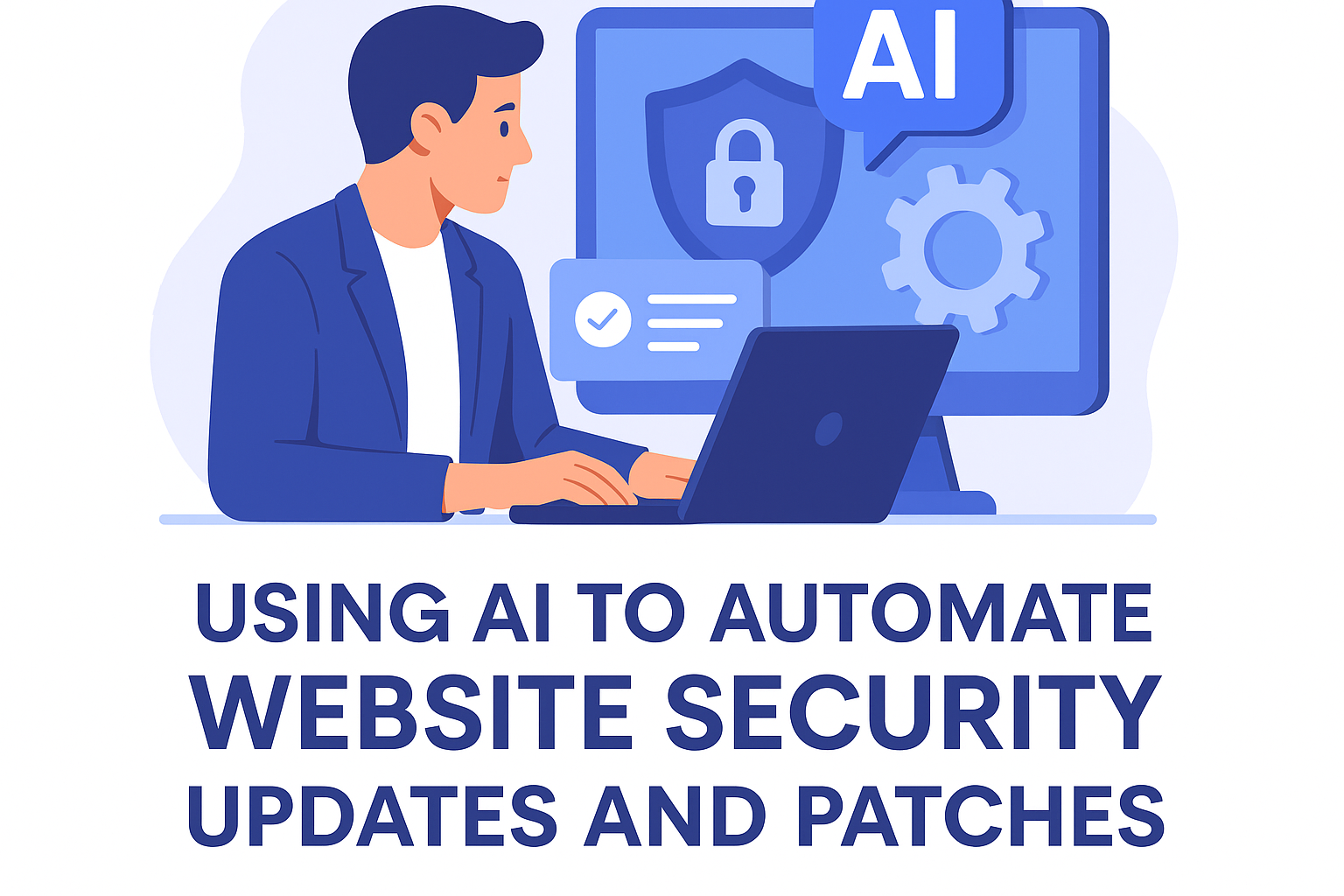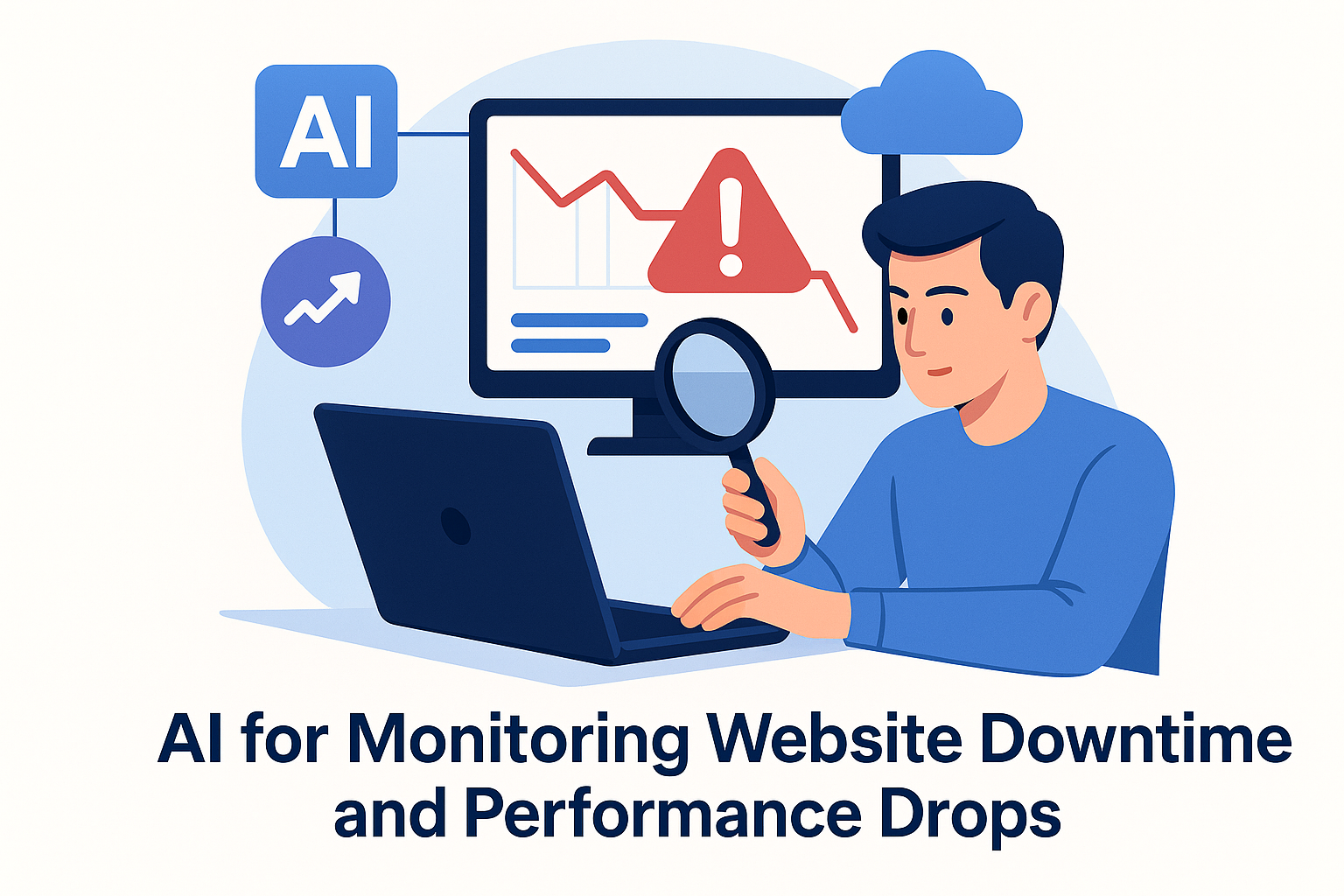Video content is dominating digital marketing. It boosts engagement, increases dwell time, and enhances user experience. But there’s one major problem: search engines can’t “watch” your videos.
They rely on text-based metadata to understand what a video is about. That’s where video transcripts come in.
A well-written transcript allows your video content to be indexed, ranked, and discovered in organic search. And now, with AI, you can generate and optimize transcripts instantly and at scale—without manual labor or transcription services.
In this guide, you’ll learn:
- Why video transcripts are essential for SEO
- How AI can generate accurate transcripts fast
- How to optimize transcripts for organic rankings
- How to use DIYSEO GPT and SEO AI Writer to automate the entire process
- How to leverage transcripts for link building with Link Marketplace
Why Video Transcripts Are Crucial for SEO
Videos are powerful—but from an SEO perspective, they’re invisible without supporting text. Here’s why transcripts are so valuable:
🔍 Better Indexation
Search engines can’t crawl video content directly. A transcript gives them the full content of your video in text form.
🎯 Keyword Relevance
A transcript naturally contains keywords and phrases that help the page rank in organic search.
📈 Increased Page Time
Embedding a transcript keeps users engaged—improving dwell time and reducing bounce rate.
🎧 Accessibility & UX
Transcripts improve accessibility for users who are deaf or hard of hearing, and they cater to users who prefer to read.
🧩 Structured Content Opportunities
Transcripts allow you to extract quotes, FAQs, blog posts, and schema markup—all from one video.
Traditional Transcription vs. AI-Generated Transcripts
Manual transcription is time-consuming, expensive, and error-prone. AI tools can now transcribe:
- Faster (minutes instead of hours)
- More accurately (with speaker identification)
- At scale (batch-processing entire libraries)
- With built-in optimization capabilities
Here’s how it works.
Step-by-Step: Generating and Optimizing Video Transcripts Using AI
🎥 Step 1: Upload or Link to Your Video
Start with any of the following:
- YouTube video URL
- MP4 upload
- Embedded video from your CMS
- Webinar, podcast, or screen recording
You can paste the link or upload the file directly into an AI transcription tool, or feed it to DIYSEO GPT via prompt integration.
🧠 Step 2: Generate the Transcript with AI
Prompt DIYSEO GPT:
“Transcribe this video: [YouTube URL or MP4 file]. Include speaker labels and timestamps every 30 seconds.”
DIYSEO GPT or your preferred AI transcription engine will generate:
- Clean, readable dialogue
- Timestamps for SEO structure
- Speaker names (if applicable)
- Multiple export formats (TXT, VTT, SRT, HTML)
This is the raw version—you’ll optimize it in the next step.
✍️ Step 3: Optimize the Transcript for SEO
Now turn the transcript into search-optimized content using SEO AI Writer.
Prompt:
“Rewrite this transcript for SEO. Maintain natural flow, include headings, highlight keywords related to [primary topic].”
What the AI does:
- Breaks the transcript into sections with H2/H3 tags
- Highlights and repeats relevant keywords
- Adds semantic variations and questions
- Removes filler words and verbal clutter
- Suggests internal links to related content
🧩 Step 4: Add Schema Markup and Metadata
With a cleaned-up transcript, you can now improve visibility using VideoObject schema and related structured data.
Prompt DIYSEO GPT:
“Generate JSON-LD schema for a video titled ‘How to Use AI for SEO,’ including transcript, duration, and upload date.”
Paste the schema into your page’s <head> to help search engines understand the context and improve SERP visibility.
📄 Step 5: Publish the Transcript with the Video
There are multiple ways to do this:
- On the same page: Display the transcript below the video
- As a downloadable PDF: Great for webinars or presentations
- On a separate page: Useful for long-form interviews or podcasts
Be sure to:
- Use HTML (not just embedded PDFs or images)
- Add appropriate heading tags and structure
- Include ALT text for visuals mentioned in the video
🔁 Step 6: Repurpose Transcript Content
AI makes it easy to convert your transcript into other SEO assets:
Prompt ideas for SEO AI Writer:
- “Turn this transcript into a blog post summary.”
- “Create 5 social media captions from this transcript.”
- “Extract 3 FAQs with answers from this transcript.”
- “Generate internal link suggestions based on this transcript.”
- “Write meta title and meta description based on this video.”
This multiplies the value of your original video content—and saves hours of work.
Bonus: Use Link Marketplace to Amplify Transcript Content
Once your transcript-optimized video page is live, it’s a great candidate for backlinks.
Use the Link Marketplace to:
- Build links to evergreen educational videos
- Promote product explainers or how-to guides
- Enhance visibility for FAQ-rich or authority-building videos
Prompt:
“Find link opportunities to support my new video page on ‘AI Content Strategy for SEO.’ Target marketing and AI content categories.”
Best Practices for AI-Generated Video Transcripts
| Tip | Why It Matters |
|---|---|
| Use timestamps | Helps users scan content and improves UX |
| Break content into sections | Better readability and crawlability |
| Add headings and anchor links | Enables navigation and enhances SEO |
| Include CTAs and links | Increases engagement and conversions |
| Optimize for voice search | Transcripts reflect natural language |
| Compress embedded video | Maintain page speed for Core Web Vitals |
Tools That Work Well with AI Transcription
If not using DIYSEO’s integrated GPT, these tools can work in tandem:
- Descript – AI-powered editing and transcription
- Otter.ai – Fast, clean transcription with speaker detection
- Rev AI – Developer-friendly APIs for scalable transcription
- Veed.io – Good for creators needing subtitle and video overlays
- YouTube Auto Captions – Decent starting point, but needs cleanup
Use AI to generate the first draft, then optimize for SEO using DIYSEO’s content stack.
Sample AI Workflow: From Video to SEO Power Page
Step 1: Paste YouTube URL into DIYSEO GPT
Step 2: Get transcript with timestamps
Step 3: Optimize with SEO AI Writer
Step 4: Add schema and internal links
Step 5: Publish on a dedicated content hub
Step 6: Promote with backlinks via Link Marketplace
In less than 60 minutes, you’ve turned a single video into a fully optimized, rank-ready asset.
Final Thoughts
Video content shouldn’t be a dead end for SEO. With the power of AI, you can:
- Transcribe videos in minutes
- Optimize transcripts for maximum visibility
- Expand your keyword footprint
- Improve accessibility and user engagement
- Generate new backlinks and content assets
Whether you’re running a YouTube channel, hosting webinars, or embedding tutorial videos on your website, AI transcription and optimization should be a core part of your SEO strategy.
With DIYSEO GPT, SEO AI Writer, and Link Marketplace, you have everything you need to extract full SEO value from every second of your video content.
Frequently Asked Questions
1. Why are video transcripts important for SEO?
Video transcripts play a crucial role in enhancing the SEO of video content. By turning the spoken words in a video into text, transcripts make the content more accessible to a diverse audience, including those who are hearing-impaired or non-native speakers. But beyond accessibility, the real power of transcripts lies in their ability to enrich the text content that search engines crawl. Search engines like Google can’t “watch” a video, but they can certainly index text. By providing a detailed transcript, you’re essentially giving search engines the key to understanding the context and content of your video. This can lead to better indexing, improved rankings, and ultimately, more visibility in search results. As more people find your videos through search engines, your chances of engagement and conversion increase, making transcripts a vital part of any robust SEO strategy.
2. How does AI help in generating video transcripts?
AI-powered tools revolutionize the way video transcripts are generated by using advanced algorithms and machine learning models to accurately transcribe spoken content in videos into text. These AI tools can swiftly process audio data, recognize words, and translate them into text with remarkable clarity and precision. They’re designed to handle various accents, languages, and even background noise, which significantly enhances their versatility and usability. What was once a tedious, manual task that could take hours is now automated, allowing for quick turnaround times. Furthermore, AI can offer customizations such as speaker identification, timestamps, and even sentiment analysis within the transcript, adding layers of value and context that traditional methods just can’t match. By reducing the need for human intervention, these tools also cut down on costs and human error, making transcript generation faster, more efficient, and highly scalable.
3. Can AI optimize transcripts specifically for SEO?
Yes, AI not only assists in generating transcripts but can also optimize them specifically for SEO purposes. AI tools can analyze transcripts and suggest keywords and phrases most relevant to your content and audience. By understanding the common queries and search patterns, AI can recommend semantic variations of keywords that improve search engine rankings. Optimization also involves ensuring that the transcript is well-structured and readable, avoiding keyword stuffing while maintaining the natural flow of conversation. AI’s capabilities extend to monitoring performance metrics and adjusting content in real-time, which means your transcript isn’t static—it evolves as search algorithms and audience behaviors change. This dynamic approach ensures that your video content remains competitive in search engine results and continues to drive traffic and engagement.
4. What are the advantages of using AI-generated transcripts over manual transcription?
There are numerous advantages to using AI-generated transcripts over traditional manual transcription methods. Firstly, speed is a significant benefit. AI-powered tools can transcribe large volumes of video content in a fraction of the time it takes for a human to do the same task, enabling businesses to publish content much quicker. Secondly, AI provides a high level of accuracy by utilizing advanced speech recognition technology that improves over time, adapting to different accents and vocabularies. This means fewer errors and less need for proofreading or editing. Thirdly, cost-effectiveness comes into play as AI solutions reduce the need for large teams of transcribers, thus reducing operational costs. Additionally, AI transcription offers scalability, capable of handling multiple videos simultaneously without compromising quality. Finally, integrated AI solutions often come with additional features such as sentiment analysis and speaker differentiation, offering enriched content without additional labor.
5. How can businesses ensure the quality of AI-generated transcripts?
To ensure the quality of AI-generated transcripts, businesses can adopt a multi-faceted approach. Start by selecting AI transcription tools known for their accuracy and robustness, often indicated by positive reviews and industry recommendations. Regularly update these tools to include the latest advancements in AI algorithms and speech recognition. Include a post-transcription review process where a human editor goes through the content for final check and precision improvements. Encourage feedback from your audience to identify any recurring issues. Implement ongoing testing and training of AI models, especially if dealing with specific jargon or industry-specific content, to maintain their quality and relevance. Finally, use analytics to track the performance of your transcripts in driving SEO engagement and tweak the strategy accordingly. By combining cutting-edge AI technology with human oversight and analytical insights, businesses can consistently achieve high-quality transcripts that bolster their SEO efforts.



